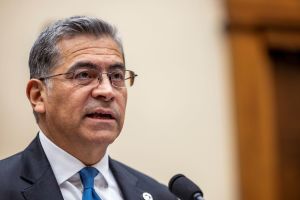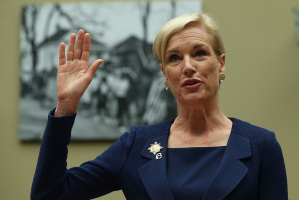The Suburbs - Hollywood Image and Mission Reality
America is a nation transformed by demographics. Flash back just over a century and a majority of Americans live on farms and in rural settings. Today, a clear majority of Americans live in metropolitan settings. Cities are now surrounded by vast rings of settlements and clusters known as suburbs - and Hollywood doesn't like it.
Something significant is represented in Hollywood's depiction of the suburbs as soul-killing enclaves of those unwilling to brave the "authentic" culture of the city itself. A current example of Hollywood's antipathy to the suburbs is "Revolutionary Road," starring Leonardo DiCaprio and Kate Winslet. As Lee Siegel commented in The Wall Street Journal, the film "is the latest entry in a long stream of art that portrays the American suburbs as the physical correlative to spiritual and mental death."
Siegel is right to point to Hollywood's hatred of the suburbs and wonder why it came to become so predictable. In one key paragraph he gets to the heart of the ideological factors in play:
The cultural chasm between liberals and conservatives that first appeared in the '60s was largely one between the city and the suburbs. The liberal "idealism" that had created the catastrophe in Vietnam now got blamed, unfairly or not, for failing economic and social policies. For marginalized conservatives, the suburbs were living refutation of the crumbling ethos that had guided the crime-ridden, decaying urban centers. For embattled liberals, people leaving the cities for safer and cleaner outlying towns were racists and cowards who had no respect for shared public space.
The stereotypical liberal view of the suburbs, formed by intellectuals who saw the city as the engine of social progress, is that the suburbs were artificial enclaves for those who sought refuge from the reality of "authentic" life in the city. The political reality is that the suburbs came to represent a conservative belt around the city, where home ownership and middle-class values served as a check on the more liberal energies of the cities.
But the stereotypes were not always matched by reality. Inner city crime and chaos did push many families into the suburbs, but not all of these were white or wealthy. Increasingly, the suburbs and the cities have come to resemble each other. Many established suburbs have now changed ethnic and racial profiles two or three times since the 1960s.
According to the concentric zone theory of urban development, suburbs will keep pushing outward from the city centers. In the nation's major metropolises, freeways snake for hundreds of cumulative miles. Against the utopian fantasies of many mid-century urban planners, the cities grew out, rather than up. It turned out that most Americans prefer to raise their families in houses rather than in skyscrapers.
The suburbs' rise to dominance also led to big changes in church life. During the last half of the twentieth century, vast inner city church buildings grew empty. The tabernacles of inner city church life became sparsely populated oases in the midst of increasing secularization. Meanwhile, the new phenomenon of the suburban mega-church arose in rings around the city. Massive congregations with expansive facilities came to dot the suburban landscape, along with giant high schools, shopping malls, and other institutions of suburban life.
Now, many of these mega-churches are located in areas experiencing change every bit as radical as what previously characterized the city centers. The shape of suburban America is changing - and so is the challenge of reaching the millions and millions of Americans who live there.
Interestingly, the cities and the suburbs may be growing more alike in terms of challenges faced by both. The Christian church is responsible for ministry to both the city and the suburbs. For most of the last half-century, evangelicals have been far more successful in reaching suburbanites and less successful in the cities. But the suburbs now face urban issues, and urban areas are dotted with stores and restaurants that once thrived only in suburbia.
Hollywood has to reach back to a 1961 novel to find inspiration for "Revolutionary Road." Evangelical Christians cannot afford to ignore either cities or suburbs - nor to enter into ideological debates about the virtues of either social setting.
Our task is to bring an authentic Gospel and faithful church life to both suburbs and cities. Our view of both city and suburb may change - indeed must change - if we are to be faithful to the call of the Gospel.




























